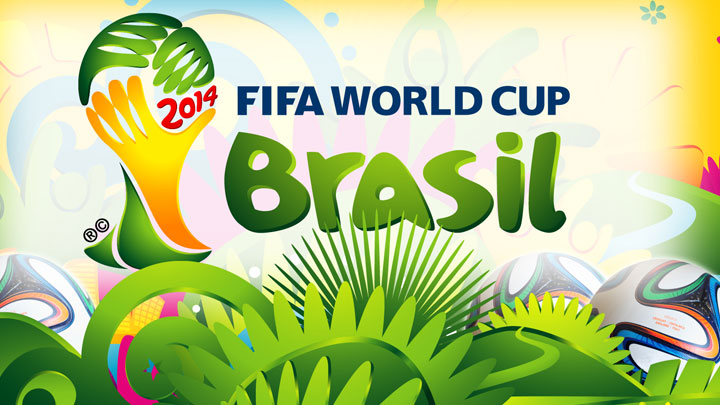Dear Sports Fan,
The soccer World Cup is coming up soon in Brazil. I know it’s a big deal for sports fans — how does the World Cup work?
Thanks,
Bobby
— — —
Dear Bobby,
The World Cup is the world’s biggest soccer tournament between National teams representing their countries. It is, like you said, a big deal. Almost a billion people worldwide watched the final match of the tournament in 2010. Like the Olympics, the World Cup only happens once every four years. The World Cup is separated into three phases, each of which has its own setup: qualification, the group stage, and the knockout stage. We’ll walk you through how each phase works.
World Cup Qualification
The month-long tournament which, this year, starts on June 12 and ends on July 13, is actually the culmination of an international competition which may have started up to three years before. This preliminary competition is called World Cup Qualification and determines (with one exception) which teams get to play in the World Cup Finals. The qualification format is bewilderingly complicated and involves both “continental zones,” a “hexagonal round,” and finally “intercontinental playoffs.” It’s honestly not worth getting too deep into it but the principles are fairly simple — it attempts to take the 200+ countries who are hoping to be one of the 32 teams to play in Brazil and select the best teams while also finding a geographic balance so representatives from all around the globe can compete. All the complicated mumbo-jumbo of qualification is an attempt to meet this internally conflicting end. Some regions (Europe and South America) are much stronger than other regions (Asia, Africa, Oceania, and the complicatedly named North and Central America and the Caribbean) so there are more qualifying spots for the stronger regions. This year Europe and South America combined have 19 of 32 teams, or more than half. Every other region is represented by teams, except for Oceania which lost out on its one spot when New Zealand lost in a playoff to Mexico. Even though the two best teams in Europe that didn’t qualify — Sweden and the Ukraine — could almost certainly beat any of the qualifying teams from Asia and most of the North American or African teams, it’s a more exciting world celebration the way it is and it does more to foster soccer as a global sport. Oh, yes, and the one exception to all this? The host country automatically qualifies.
The Group Stage
The World Cup finals begin as a round-robin tournament in eight groups of four teams each. In a round robin tournament, each team within a group plays all of the other teams, and the team or teams with the best results in those games advance to the next round. In the World Cup, that means each team plays three games in the group stage against the other three teams in their group. The way the results are tabulated, a win is worth three points, a loss, zero, and a tie is worth one point. As you can probably imagine, with only three games, there are frequently teams with the same number of points after the group games have been played. To break ties, since only the top two teams in each group move on to the next stage, the World Cup has a series of factors which they use:
- Goal difference in all group matches
- Greater number of goals scored in all group matches
- Greatest number of points in matches between tied teams
- Goal difference in matches between tied teams
- Greatest number of goals scored in matches between tied teams
- Drawing of lots by the FIFA Organizing Committee
I know, I know, that seems really complicated. It is. Sometimes I think that people who love sports mostly just love technicality. In any event, all these tie-breakers basically favor teams that play in a more risky style. Try to score goals, the rules say, even if that means you give up more goals, because that makes for more entertaining soccer, and when in doubt, we’d rather advance teams that are more entertaining to watch.
The Knockout Stage
The top two teams from each of the eight groups enter the Knockout Stage. This stage is similar to March Madness or Wimbledon in that it is single elimination. The first place team from each group plays the second place team from another group. Win, and you move on to the quarter-finals (eight teams left.) Win again, and you’re in the semi-finals (four teams left.) Win once more and you’ve made it to the World Cup Finals (two teams left) — have fun playing soccer while a billion people watch! The one wrinkle with the World Cup is that the two losing teams from the semi-finals play each other in a game to determine third place.
Over the next month, we’ll be publishing more to help prepare you for the World Cup. Tune back in!
Thanks for the question,
Ezra


Thanks for the clear explanations. I always wondered how the tournament worked. Am looking forward to more.